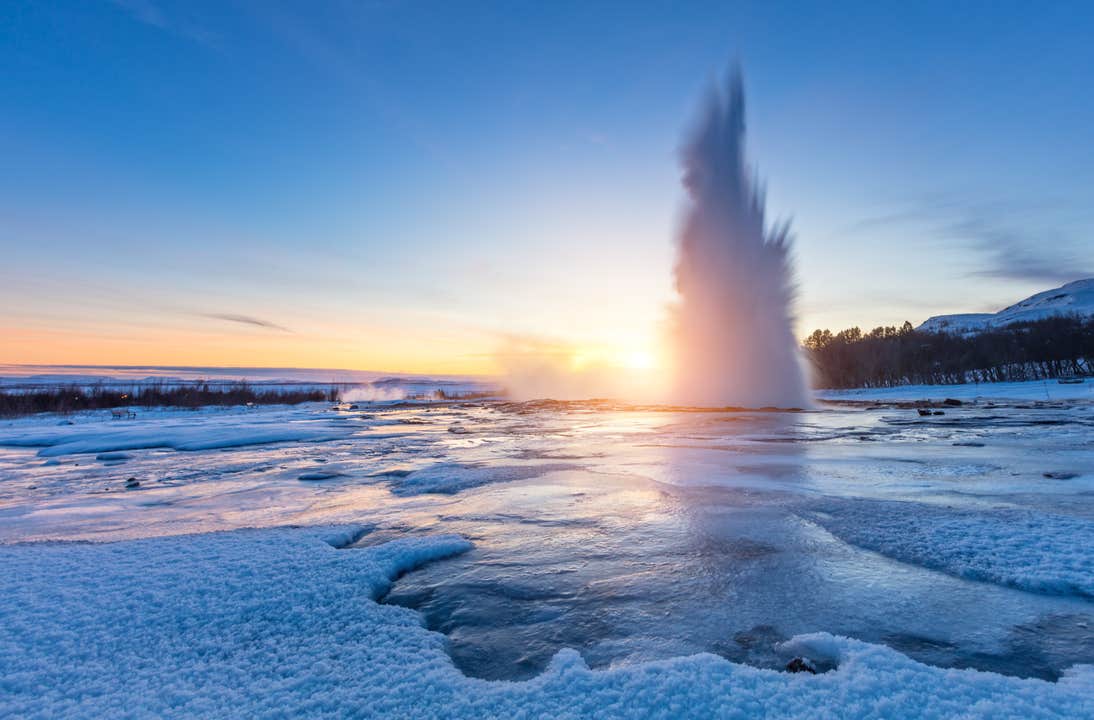Description
Summary
Description
Hop onboard this small group minibus tour of the Golden Circle - Iceland's most popular travel route. This highly recommended tour starts with a pickup from your hotel in Reykjavik and takes you to see Iceland's most famous attractions, without the rush and hassle of the big buses.
It's a must-do experience that is also perfect for those who want to learn about Icelandic culture. You will not only visit the main sights and hidden gems along the way, but you will also get to learn about Icelandic culture through music and samples of traditional Icelandic food and beverages. Make sure to store up your questions for this knowledgeable guide.
The tour starts in the morning when you are picked up by a small and comfortable minibus. You'll then be driven to the South of Iceland to a hidden treasure called Faxi Waterfall. Nestled in a quiet spot, not visible from the main road, Faxi is a low but wide waterfall, named after the mane of the Icelandic horse.
From the little Faxi, you'll head towards the awe-inspiring mighty Gullfoss waterfall. The glacial river Hvítá takes a dramatic 32-metre plunge into a canyon, creating this beautiful waterfall that is one of Iceland's most iconic attractions. If you're lucky, you may even get to see a rainbow stretching from the skies down into the canyon depths making the perfect photo opportunity.
Next, you will visit the Geysir geothermal area. Located in Haukadalur valley, the 'Great Geysir' is a hot spring that's been active for approximately 10,000 years.
Although Geysir is now mostly dormant, nearby is another geyser called Strokkur, which spouts water 15-20 meters up in the air every 5-10 minutes, giving you plenty of opportunities to capture the perfect photo. Make sure to keep your finger on your camera shutter while Strokkur starts to bubble, which is a sure sign it's about to spout.
The next stop of the Golden Circle is Þingvellir national park, a place of great historical and geographical significance. Þingvellir is where Iceland's parliament, the Alþingi, was founded more than a thousand years ago. It is also a place where two tectonic plates are drifting apart, which can be seen in the cracks and rock fractions that traverse the region. You'll get the chance to see the divide between two of the world's continents right in front of you at this stunning location.
Before heading back to Reykjavik, you’ll pass through the geothermal town of Hveragerði and visit the striking Kerið volcanic crater, a lake-filled caldera with vivid colors.
Don't miss out on a unique and first-hand introduction to Iceland through this must-do day tour from Reykjavik. Check availability by choosing a date and book your spot on the Golden Circle tour today!













